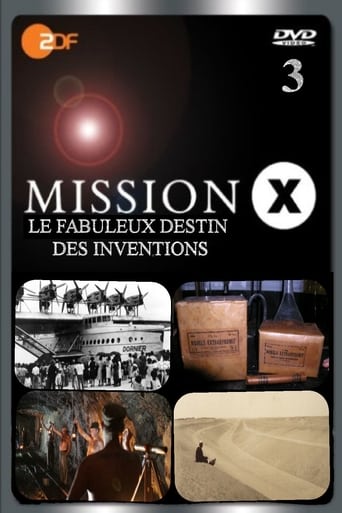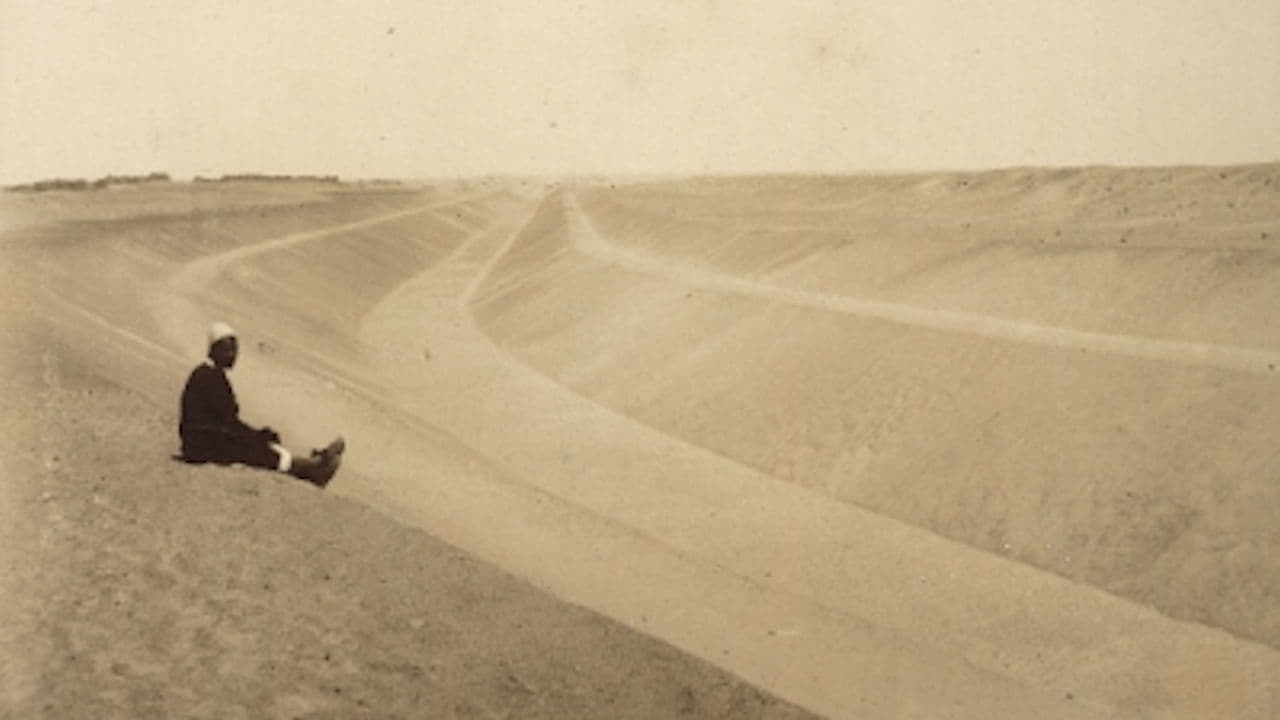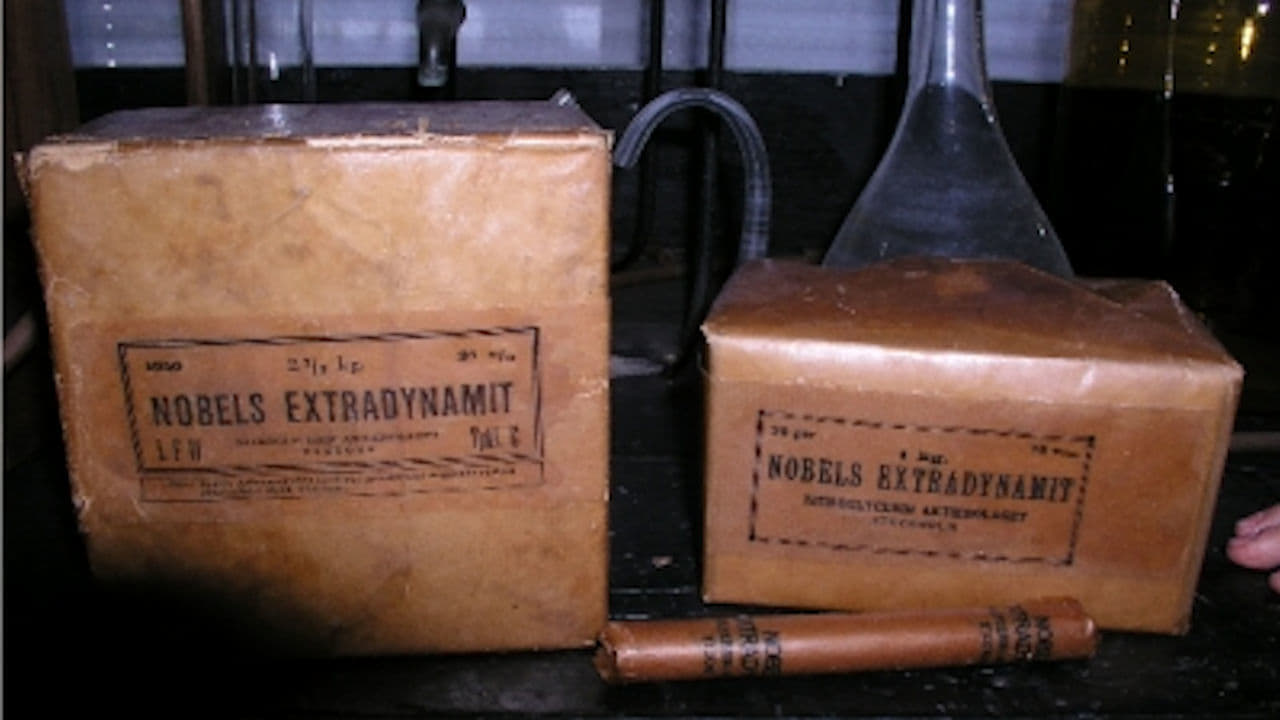Mission X
(2002)Streaming Episode Guide
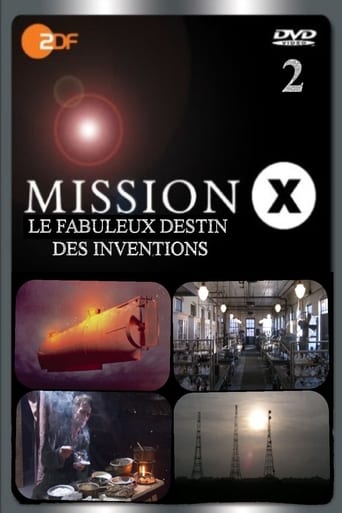
Season 2
Duel in the Dark
Episode 4 - 7-24-2004

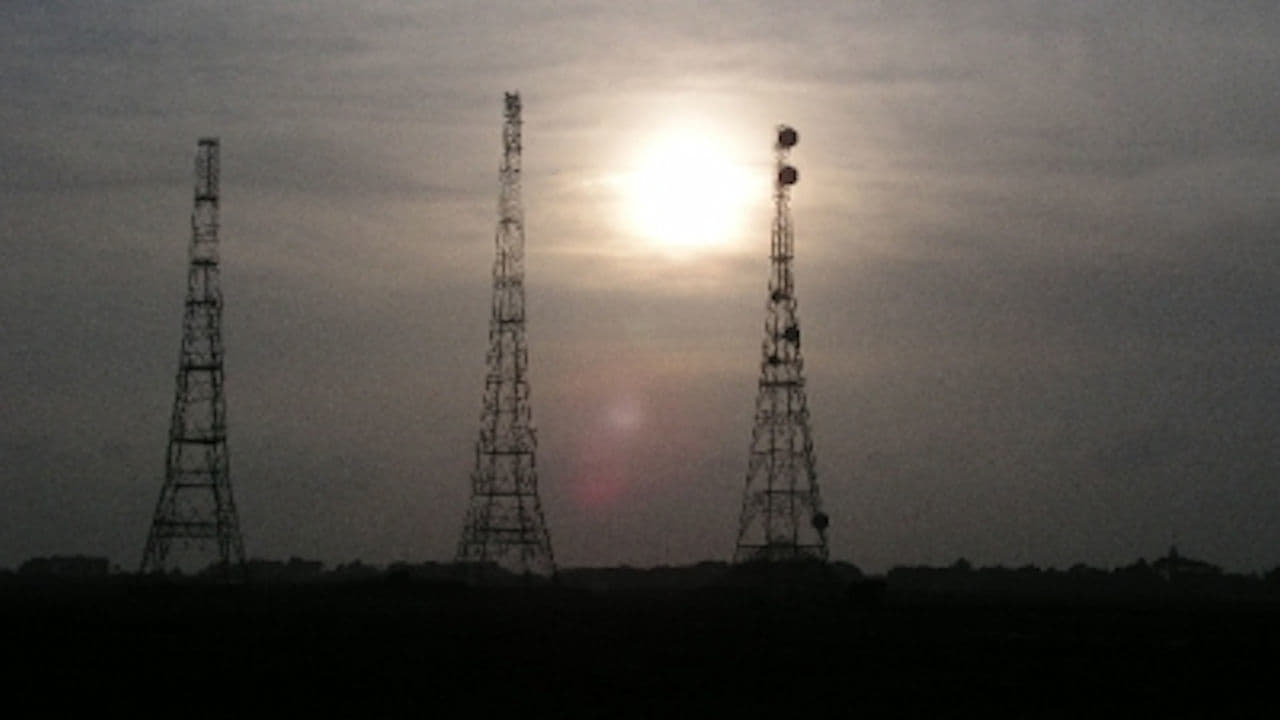
Battle for the black Formula
Episode 3 - 7-17-2004


War of Currents
Episode 2 - 7-10-2004


Attack from the Deep
Episode 1 - 7-03-2004

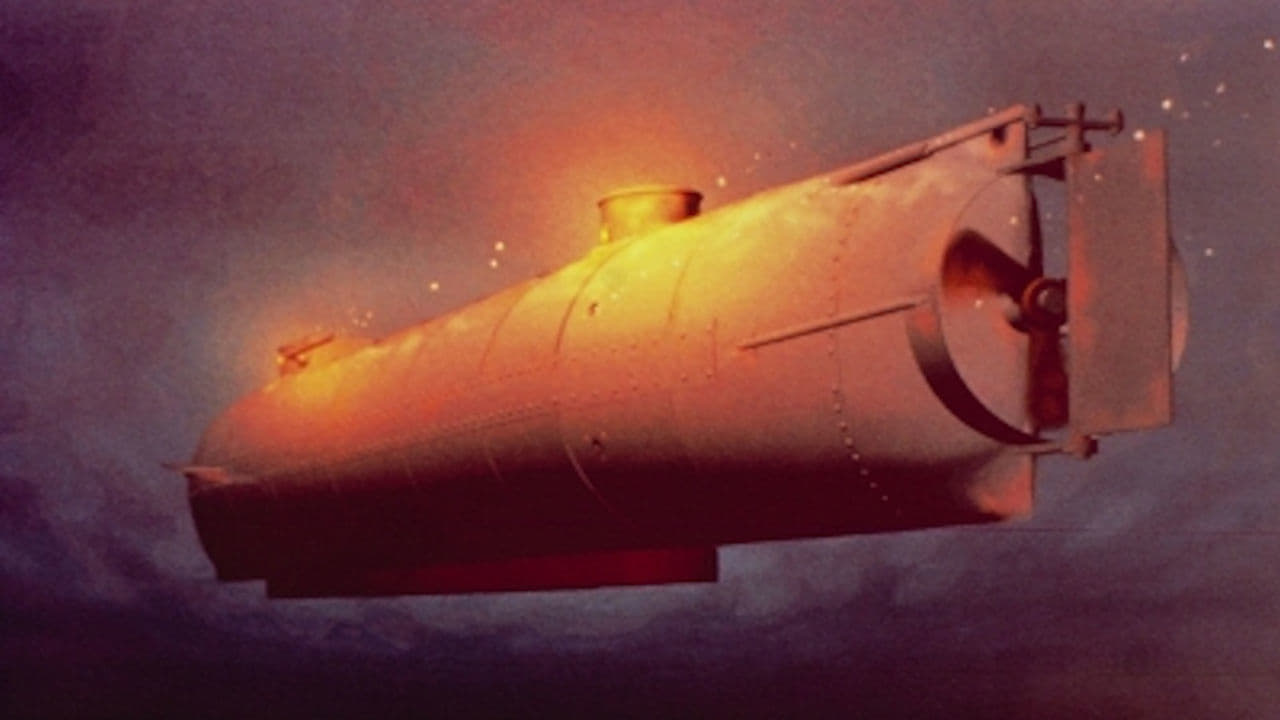

Season 1
The Empire attacks
Episode 4 - 6-02-2002

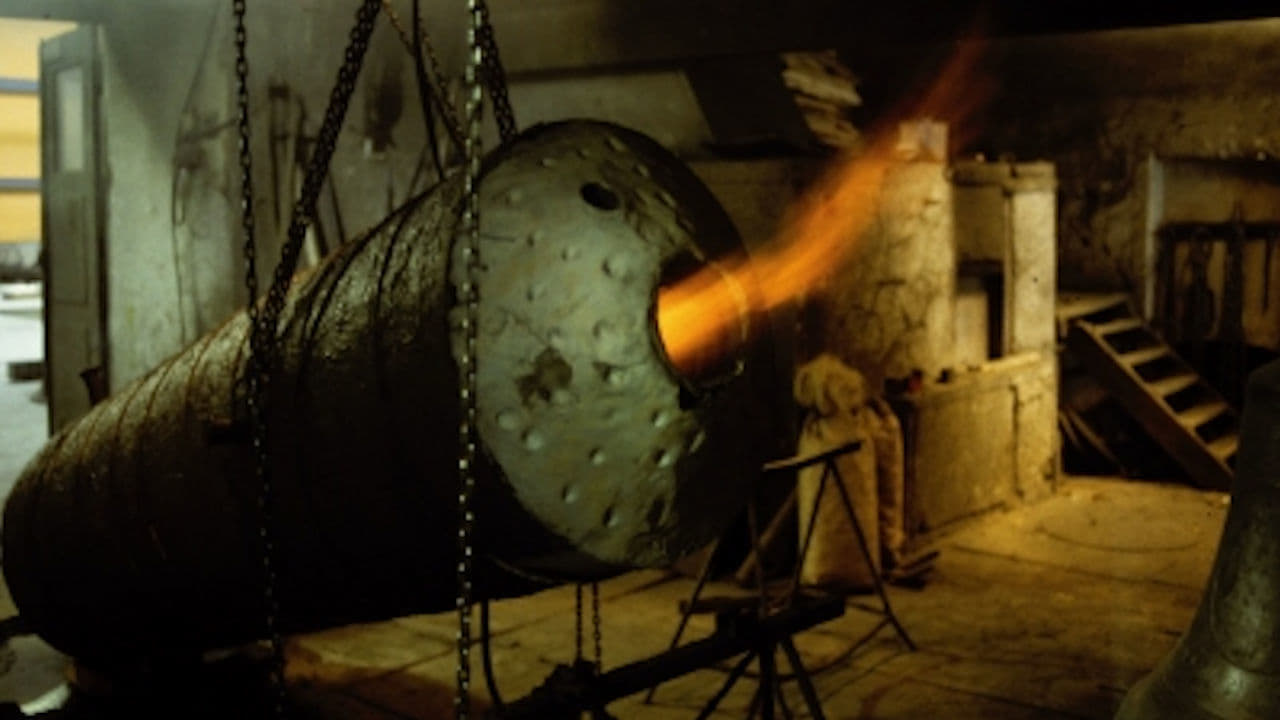
Breakthrough at Cap Fear
Episode 3 - 5-26-2002

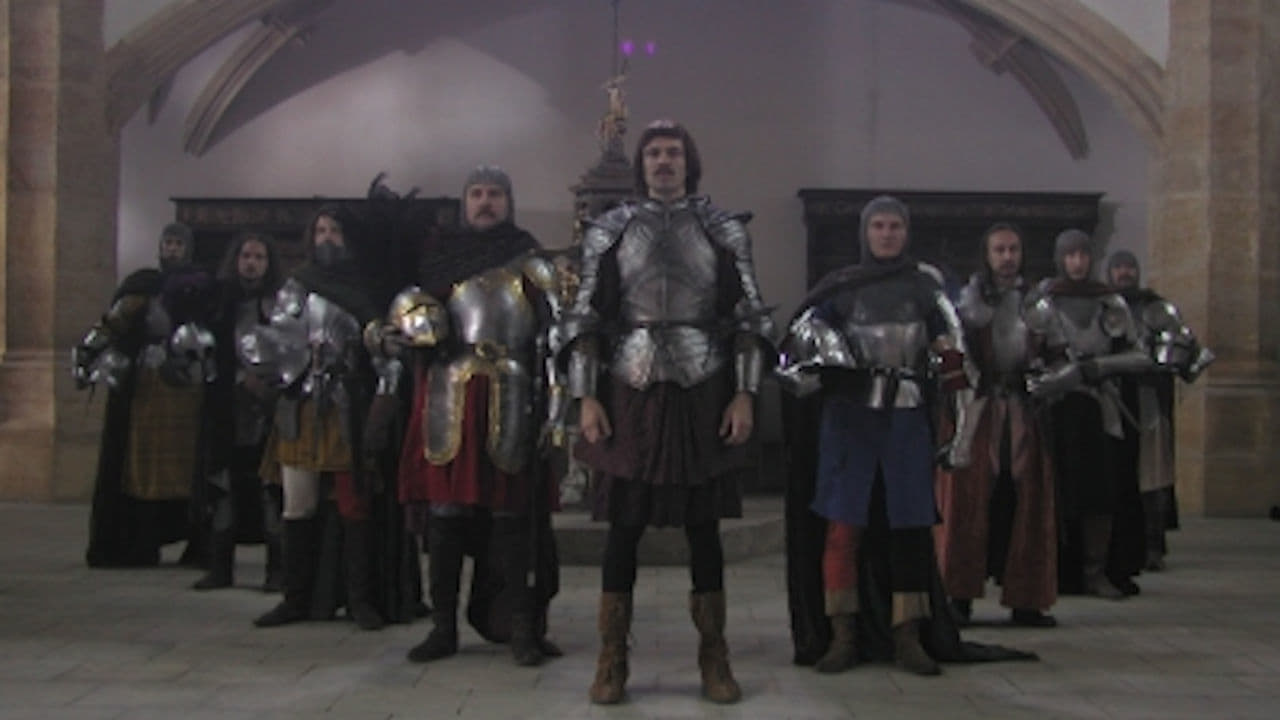
Decision Longitude
Episode 2 - 5-19-2002


Last Chance Trans-Atlantic
Episode 1 - 5-12-2002


